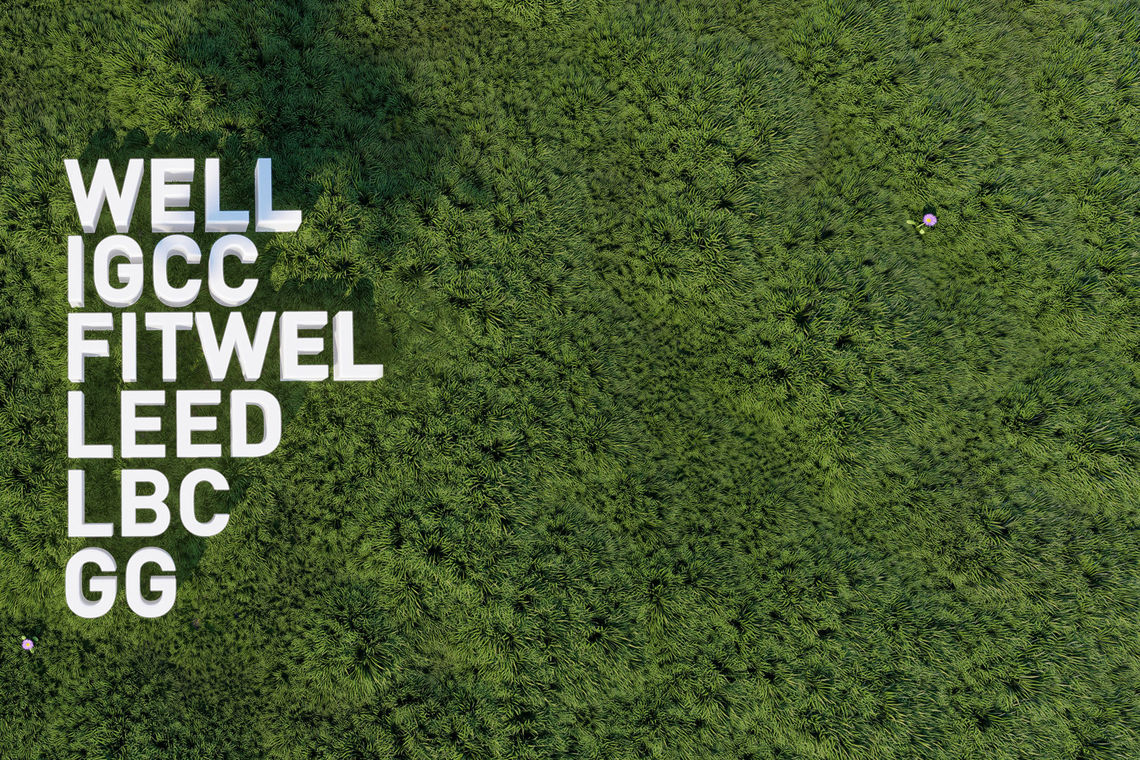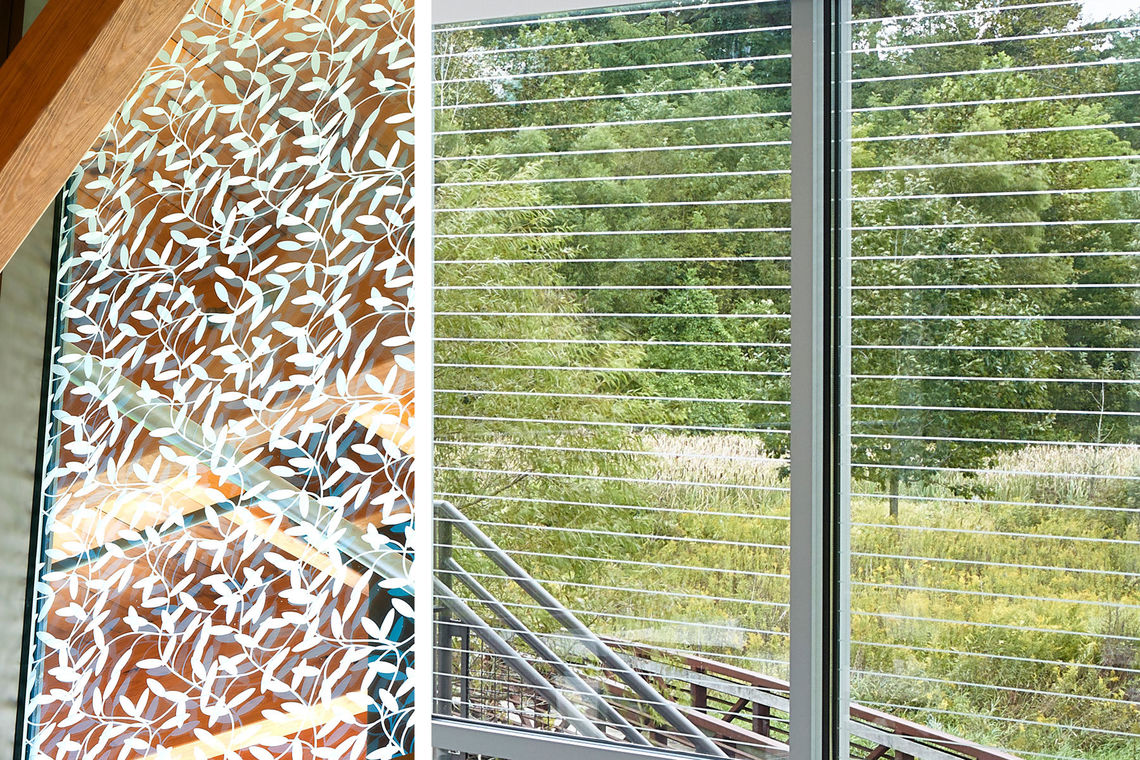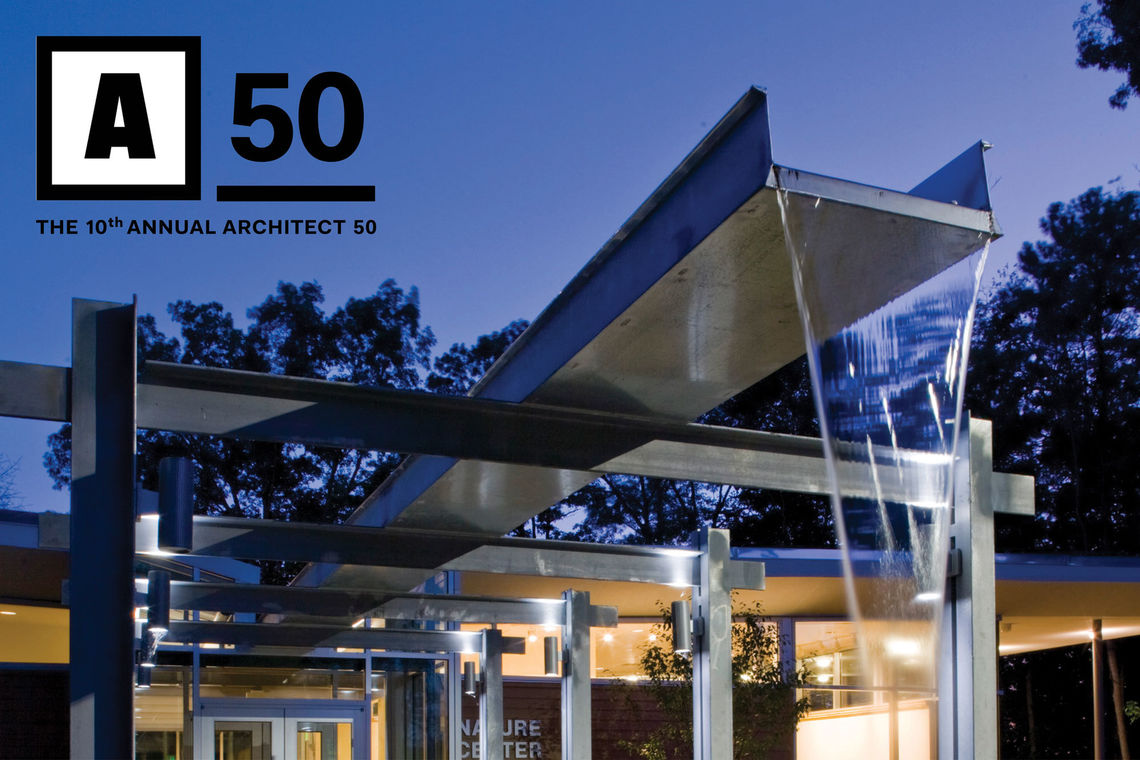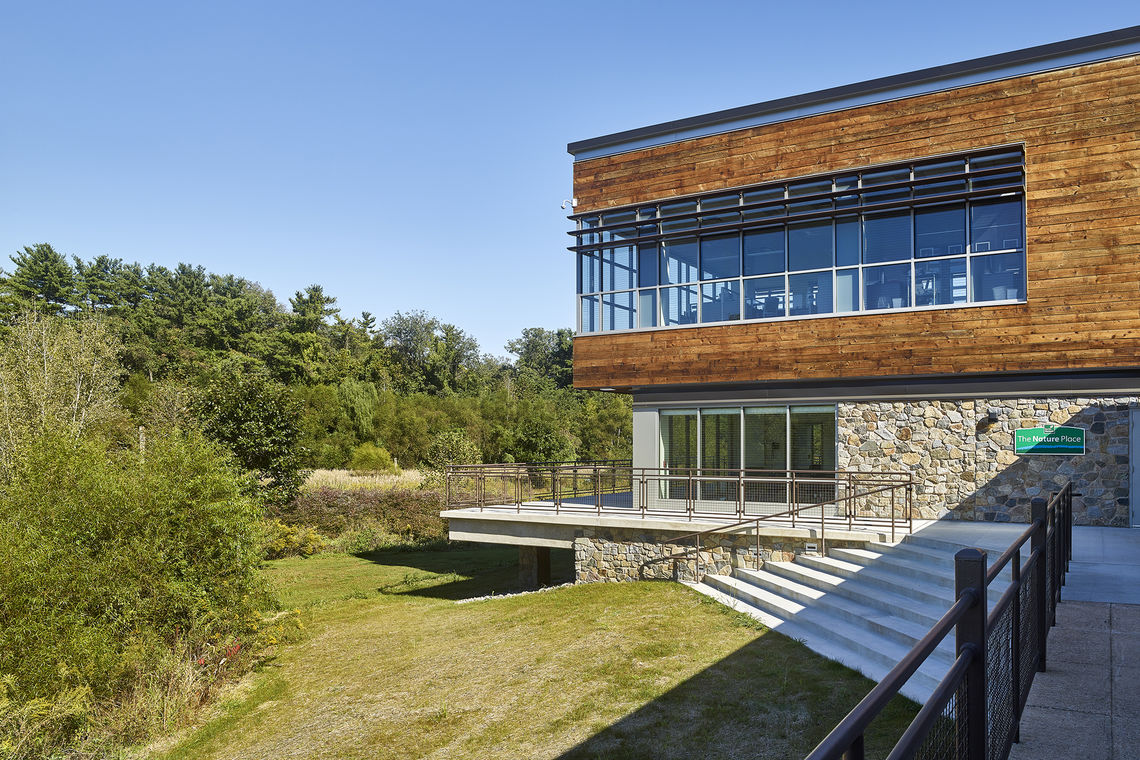There are numerous sustainability rating systems available for your project and additional systems being added regularly. So which sustainability rating system is the right choice?
There are many factors that need to be considered when choosing a sustainability rating system, including project location, building type, timeline, budget, and project goals. The project’s jurisdiction and funding source may also lead to specific requirements. The Maryland High Performance Building Standard, for example, requires one of the following three paths, utilizing systems often specified by other clients as well:
- Silver rating under the LEED rating system
- Two Green Globes under the Green Globes rating system
- Maryland Green Building Council’s supplement to the International Green Construction Code (IgCC)
Each of these three paths are distinct with different project requirements.
LEED is point-based rating system that provides a framework to evaluate efficient green buildings and is run by the United States Green Building Council (USGBC). LEED is the most frequently used rating system in the United States. Project design teams, contractors, owners, and the general public are often most familiar with LEED project certification. LEED does require prerequisites that the project must meet in order to earn certification. Often the project team chooses LEED because it is a prestigious certification that has been successfully implemented on past projects.
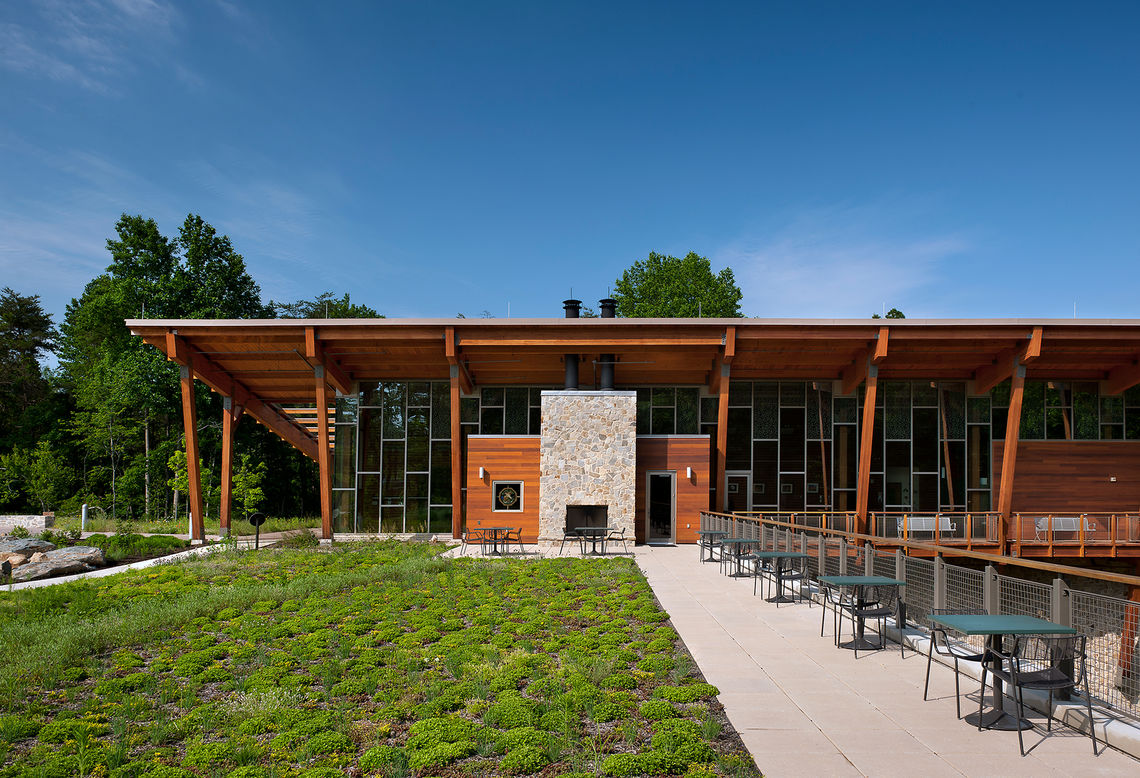
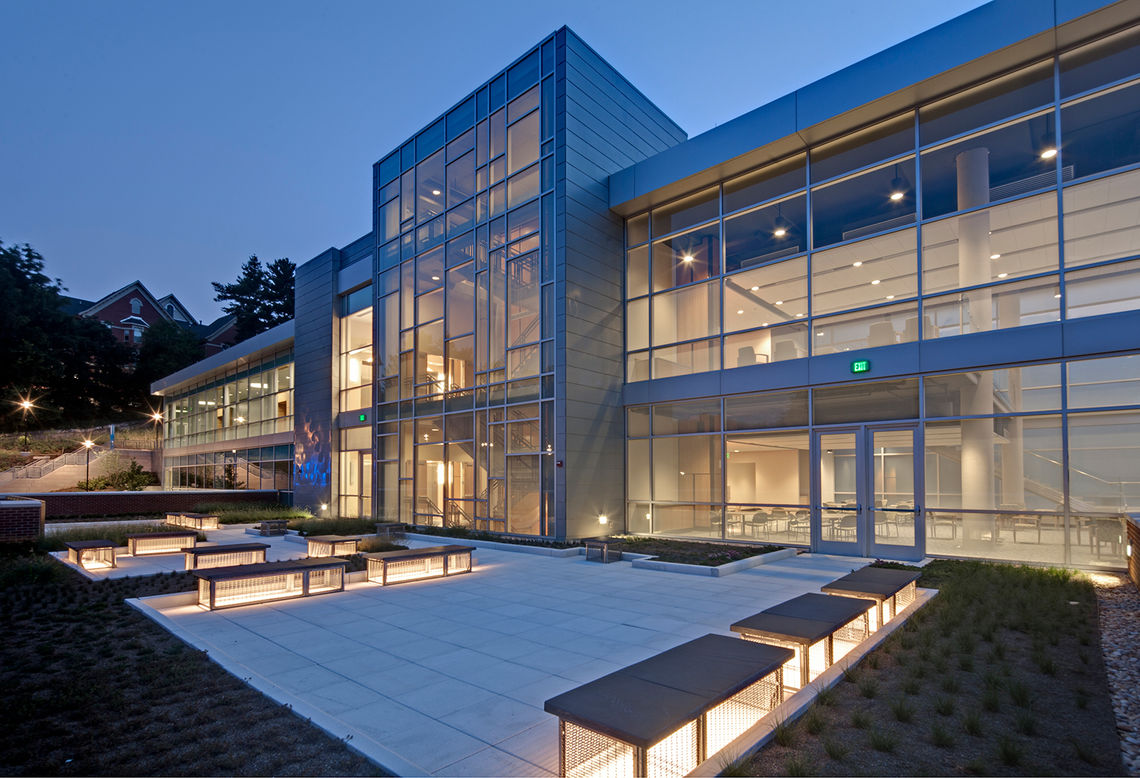
Green Globes is a point-based rating system structured to provide recognition for a building’s environmental attributes through a third-party assessment. The Green Globes certification path is significantly less common compared to LEED certification in the United States. The third-party assessment fees associated with this system often makes it more expensive, which has caused hesitation among project teams to choose Green Globes certification for their project.
The International Green Construction Code (IgCC) is an overlay code that has been adopted by a few jurisdictions in the State of Maryland. IgCC is a framework to establish sustainable building requirements. The IgCC differs from LEED and Green Globes because IgCC is part of the building code and not a sustainable rating system. When using the International Green Construction Code, if you are unable to comply with a requirement you must seek a variance from the code official having jurisdiction.
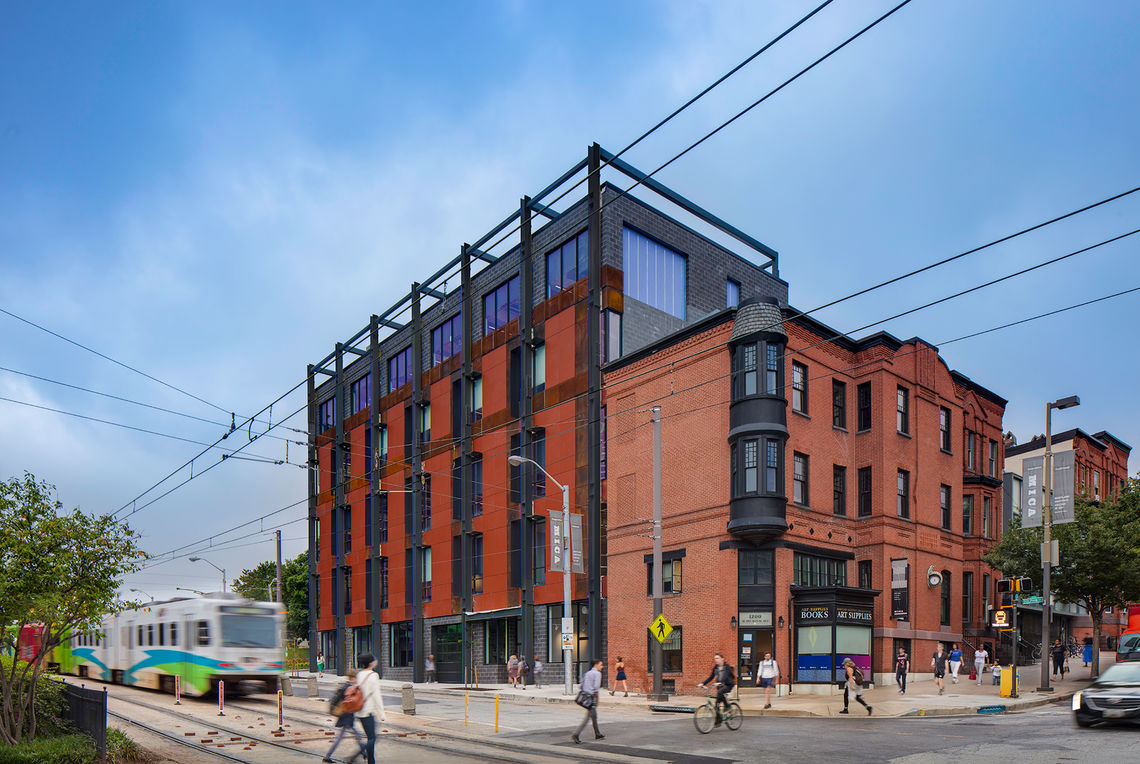
Beyond those included under the Maryland High Performance Standard there are additional paths of certification such as WELL, Fitwel, and Living Building Challenge. WELL is a new rating system that’s been gaining recognition because it focuses on building occupant health. WELL is a point-based system that explores how design, operations, and building occupant behaviors can be optimized to advance human health and well-being of the project’s occupants. WELL standard includes a significant amount of performance testing to evaluate the air, water, light, and noise that surrounds the building occupants. Unlike LEED, Green Globes, and IgCC, WELL focuses solely on occupant health and does not include energy efficiency or water conservation. Often clients who choose to certify their building with WELL also pursue LEED or the Living Building Challenge to evaluate other aspects of sustainability beyond occupant health.
Alongside WELL is an additional new system with similar goals called Fitwel. Fitwel is also focused on occupant health. Fitwel is a less stringent benchmark than WELL and can be completed in a much shorter timeframe and is less costly because it does not require on site assessment or testing.
In addition, the Living Building Challenge (LBC) is one of the most rigorous sustainability rating systems. The goal of a Living Building Challenge project is that the building should be a self-sustaining system limiting inputs from the surrounding municipal infrastructure. Structures with this certification strive to have net-zero water, net zero-energy, and comply with strict building material bans on material ingredients listed on the rating system’s red list.
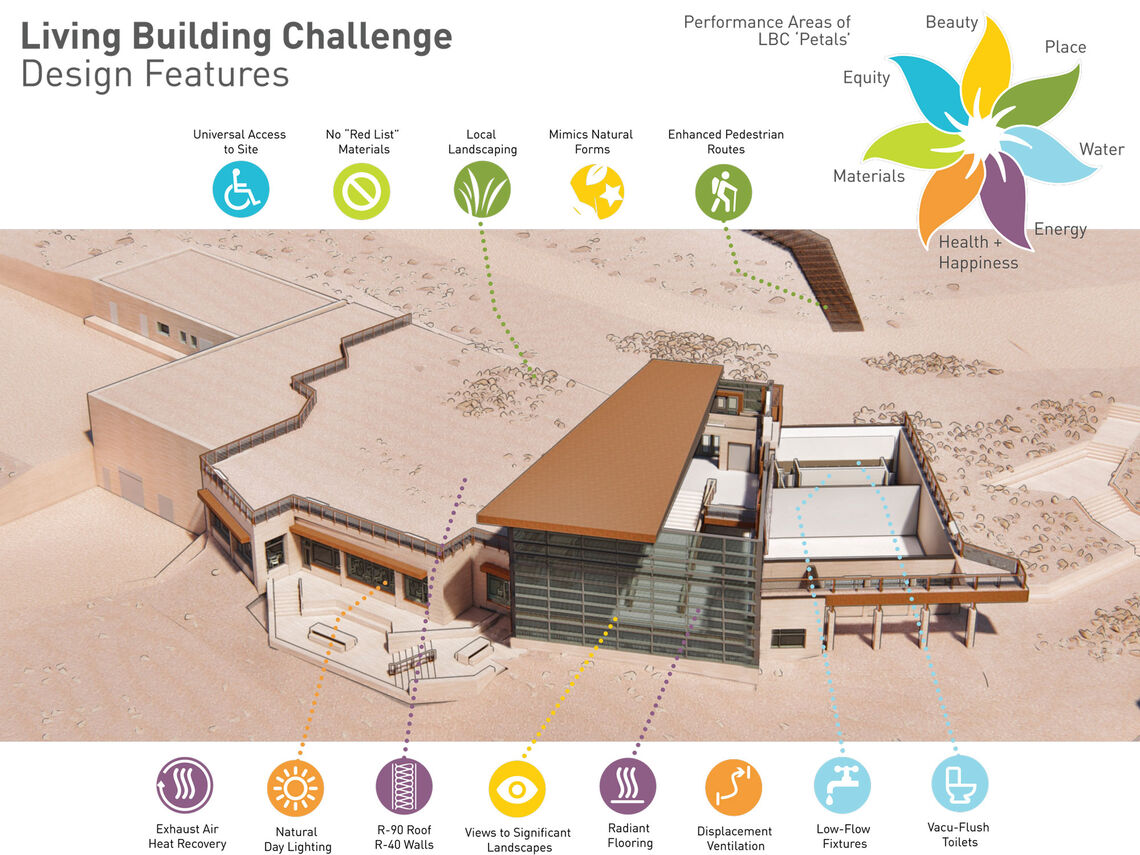
There are numerous sustainability certification paths available and the requirements are constantly evolving. Before beginning any project, it’s important to evaluate each system in the context of each project’s vision and goals to select the ideal sustainable path. GWWO has advised numerous clients on which certification path best fits their project needs and has experience with all the systems listed above. For more information on our sustainable design philosophy, click here.
